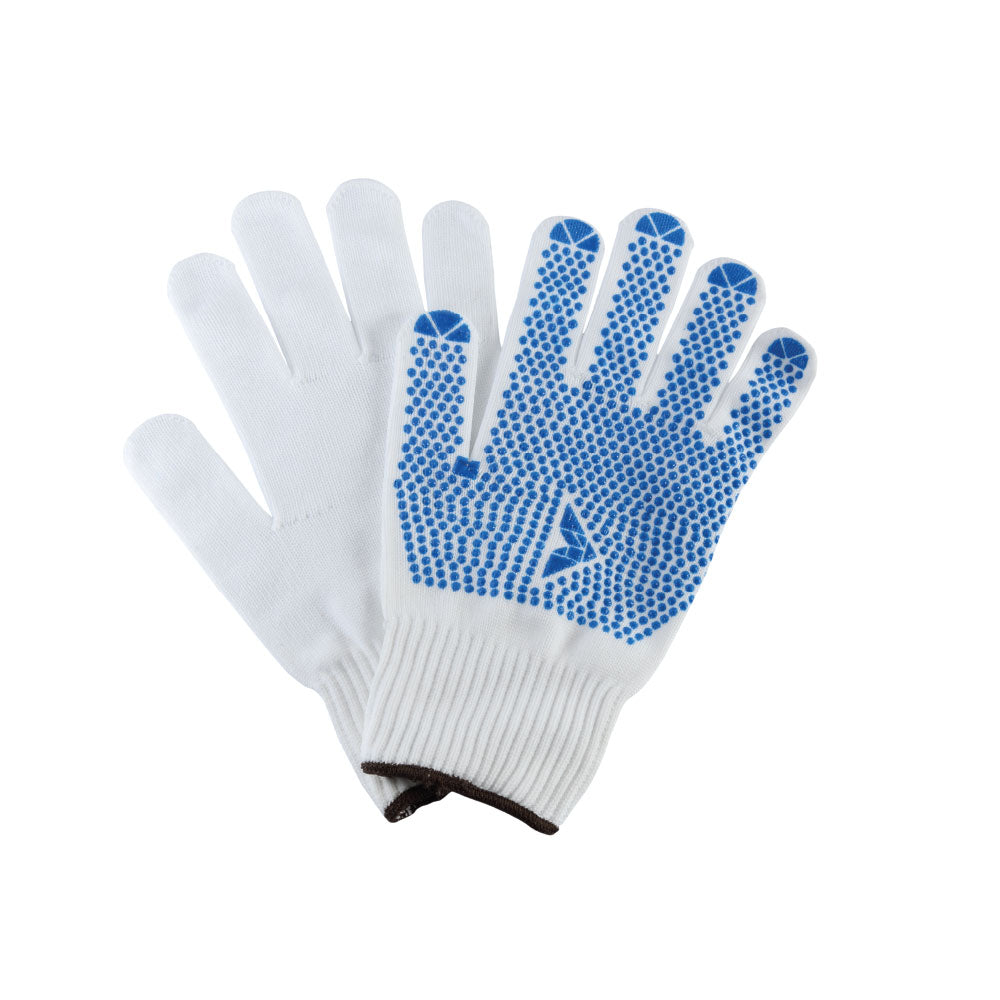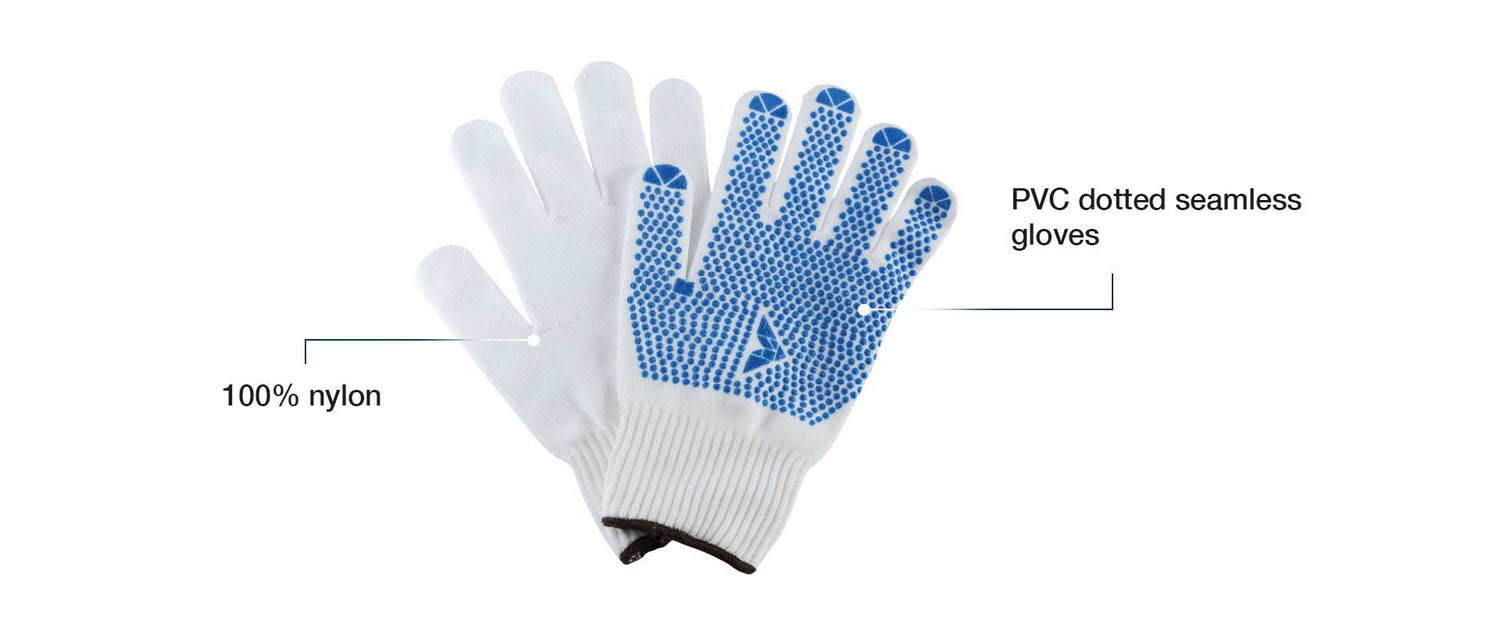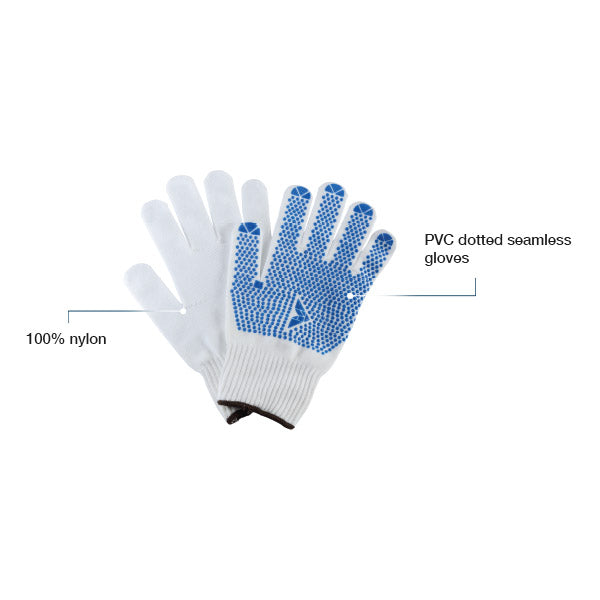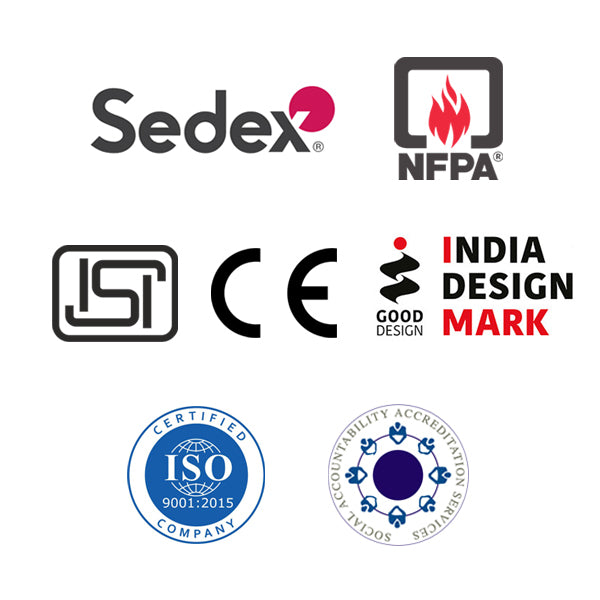N1302D
Share
Knitted Gloves
- Lightweight knitted gloves with excellent resistance to abrasion and enhanced grip.
- 100% Nylon, 580 gms/dzp
- Available in gauge 13
- PVC dotted seamless gloves
Reinforced
Cut Resistant
Dexterity
Knitted Wrist
Select Size
N1302D

Size Chart
How to Measure
N1302D

N1302D

CE
Delivery & Services

Easy Return
with our 15 days return poicy
Regular price
Rs. 0
Sale price
Rs. 0
Regular price

ABOUT THE DESIGN

USEFUL IN THESE INDUSTRIES
AUTOMOBILE
LOGISTICS
MAINTENANCE
MATERIAL HANDLING

Product Features
ABOUT THE DESIGN

USEFUL IN THESE INDUSTRIES
AUTOMOBILE
LOGISTICS
MAINTENANCE
MATERIAL HANDLING
Product Details
























